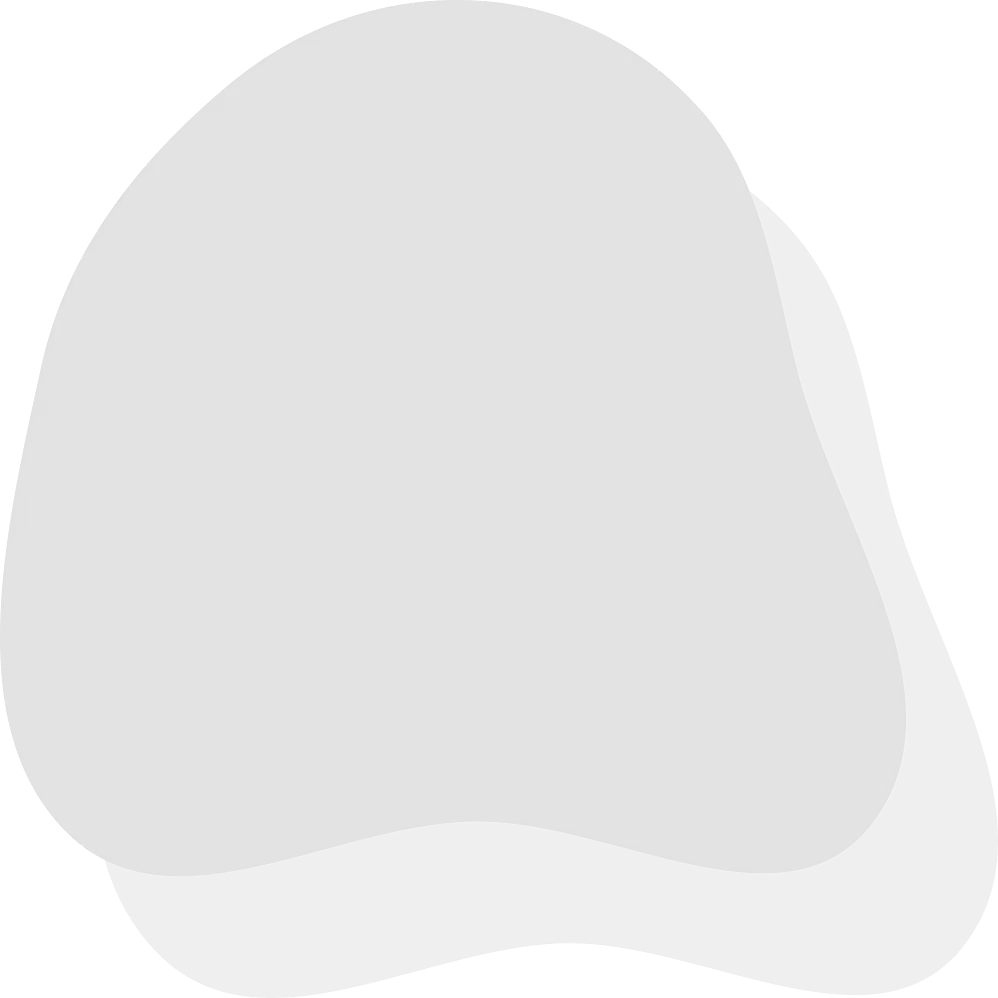Year Facts for Kids
A year is the interval required for the Earth to complete one revolution around the Sun, typically comprising 365 days, with occasional leap years.
View Article For:

Related Articles
Introduction
Every year, Earth completes a trip around the Sun. 🌞
This journey takes about 365.25 days, so every four years, we add an extra day in February. This special year is called a leap year! The months of the year include January, February, March, and more, making up a total of 12 months. The calendar helps us track days, special events, and holidays. 🎉
Did you know the first calendar dates back to ancient Egypt around 4,200 years ago? That's way before your grandparents were born!
Cultural Events
In the United States, New Year’s Day is celebrated on January 1st, when people make resolutions. In China, the Lunar New Year, which usually falls between January and February, includes vibrant parades, dragon dances, and fireworks. 🎇
Diwali, the Festival of Lights, is celebrated by millions in India around October or November, symbolizing victory over darkness. Different cultures express joy, gratitude, and hope every year, making our world rich in traditions!
Economic Trends
In 1929, the Great Depression started, leading to worldwide job shortages and financial struggles. In 2008, the financial crisis affected many countries, causing banks to close and people to lose homes. However, not all years are bad! 💰
In 2019, advancements in technology and trade led to growth in various economies. By studying yearly trends, economists can help invent ways for people to earn money and improve lives!
Social Movements
People like Martin Luther King Jr. fought for equal rights. In 1977, the feminist movement gained momentum, focusing on women's rights, like voting and jobs. 🚺
Recently, in 2019, the youth stood up for climate change, marching for a sustainable planet 🌍. These movements remind us that people can come together to make the world a better place!
Scientific Advances
️ This event marked the beginning of human flight and changed transportation forever. In 1928, Alexander Fleming discovered penicillin, the first antibiotic, which saved millions of lives! 🦠
Each year, scientists work hard to find new medicines, inventions, and discoveries. Keeping track of years helps us remember these breakthroughs and measure the progress humanity has made in science!
Artistic Achievements
In 1889, Vincent van Gogh painted "Starry Night," showcasing a dreamy night sky. In 1961, the musical "West Side Story" opened on Broadway, blending dance, music, and story! 🎭
In 2000, "Harry Potter and the Goblet of Fire," the fourth book in the series by J.K. Rowling, enchanted millions of kids. Artistic achievements remind us how creativity enriches our lives every year!
Political Developments
️ In the year 1865, the U.S. Civil War ended, changing the country forever by ending slavery. In 1990, Nelson Mandela was released from prison after 27 years in South Africa, leading the fight against apartheid. 📅
These results show how political change can impact millions of lives and are remembered each year during commemorations!
Historical Significance
This event is marked every year with fireworks, parades, and celebrations! Another important year is 1969 when humans first landed on the Moon. 🚀
Astronaut Neil Armstrong said, "That's one small step for [a] man, one giant leap for mankind." Events like these help shape our world and are remembered on anniversaries, helping us learn from the past!
Technological Innovations
In 2007, the first iPhone was launched, changing how people communicate and access information. 📱
In just a few years (2016), Virtual Reality became popular, allowing users to explore imaginary worlds! Creativity and invention happen each year, leading to incredible gadgets and tools that help make our lives easier and more fun!
DIY is a humongous library of
activities and courses for kids.
Curious?
Gallery of

Did you know?
📅 A year consists of 365 days, except in leap years, which have 366 days.
🌍 The Earth takes approximately 365.25 days to orbit the Sun once.
🔄 The Gregorian calendar, used by most of the world, adds a leap day every four years to account for extra time.
📊 A common year has 12 months that vary in length, with February being the shortest.
🌞 The length of a year was originally based on the time it takes for the Earth to complete one full rotation around the Sun.
🌙 Different cultures have created their own calendars, leading to various year lengths and structures.
🎉 The beginning of a new year is celebrated globally on January 1st in the Gregorian calendar.
🔆 In astronomy, a sidereal year (based on Earth's orbit around the Sun) is roughly 365.256 days.
⏳ A fiscal year for businesses can differ from a calendar year, often starting on a date of their choosing.
🌐 The concept of a year has been fundamental for agriculture, helping communities track seasons for planting and harvesting.


